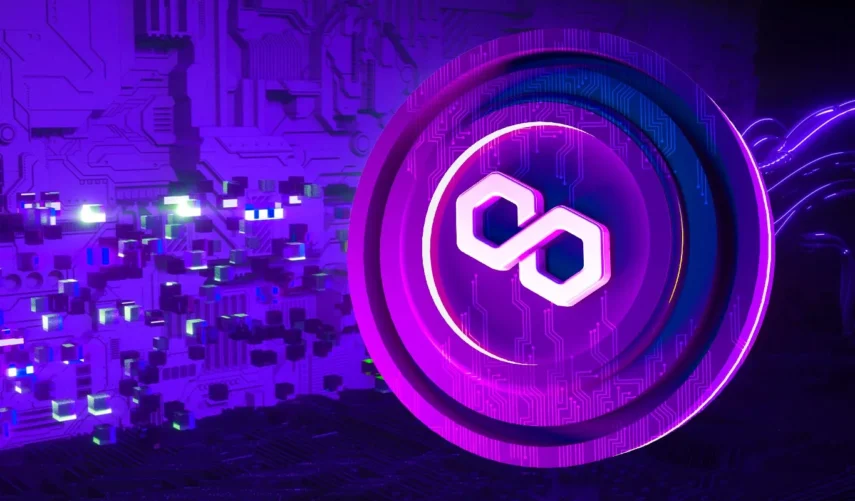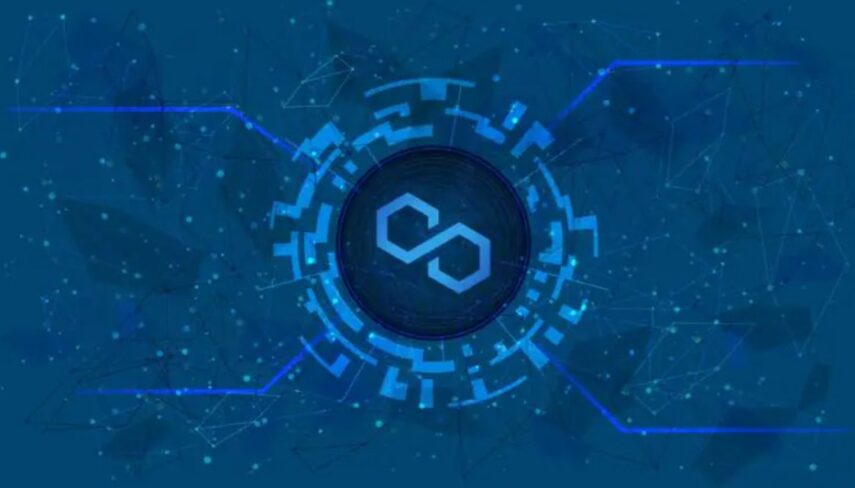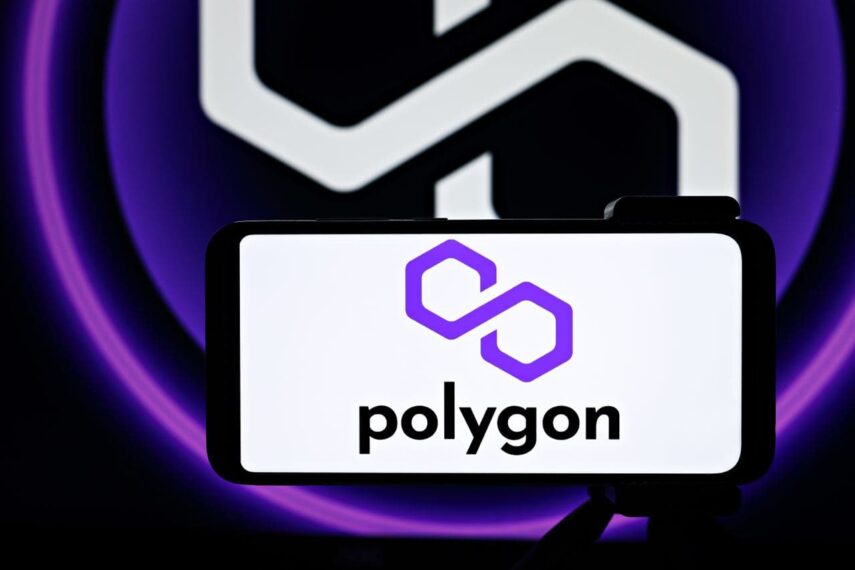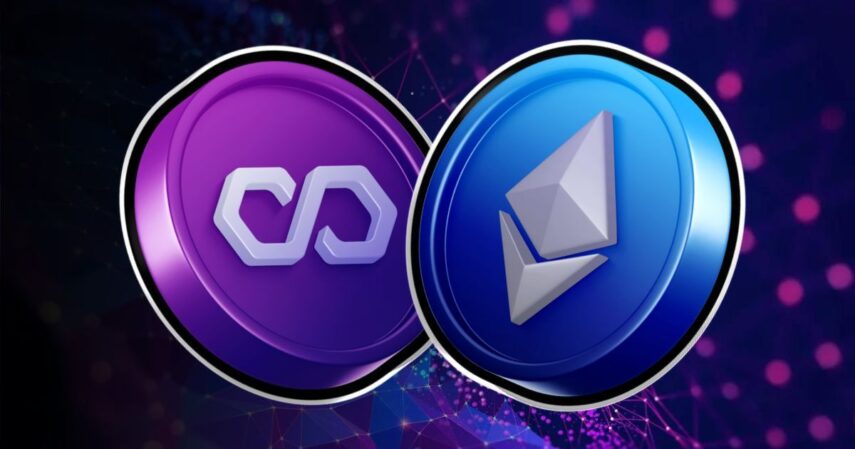Blockchains are used in various applications, including cryptocurrency, supply chain management, and voting systems.
They are often praised for their security, transparency, and efficiency and have the potential to revolutionize a wide range of industries.
Understanding Polygon Blockchain is a complex concept for non-developers. Here’s a brief overview to help you understand Polygon Blockchain better.
What Is Polygon Blockchain?

Polygon is a cryptocurrency and decentralized network that allows developers to build and run applications on Ethereum.
It is designed to be an easy-to-use platform that enables developers to build and deploy their applications quickly and efficiently.
One of the key features of Polygon is that it is based on the Ethereum blockchain, which means that it is secure, transparent, and immutable.
Common Polygon Blockchain Uses
The immutability and security makes Polygon Blockchain a top choice for some betting exchange websites, which allow users to bet on various outcomes (e.g., sporting events, political elections, etc.).
Polygon betting sites operate similarly to traditional online betting sites, but they use the decentralized nature of the Polygon Blockchain to offer certain advantages.
It is worth noting that online betting is regulated in many countries, and it is vital to ensure that you follow all relevant laws and regulations when using a Polygon betting site.
Polygon is also often used as a platform for non-fungible tokens (NFTs). One of the main benefits of using Polygon for NFTs is the improved scalability and performance over Ethereum.
As Polygon allows for faster and cheaper transactions, it can be a more attractive platform for NFT creators and collectors.
Additionally, Polygon has a growing ecosystem of decentralized applications (dApps) and NFT marketplaces, which can provide more opportunities for NFT creators to showcase and sell their work.
Finally, Polygon is used in the Cryptocurrency space to build decentralized lending, borrowing, and trading platforms that allow users to access financial services without the need for traditional intermediaries.
How Polygon Blockchain Works

Polygon allows developers to build their applications using various programming languages, including Solidity (the language used to create most Ethereum applications).
They can then deploy their applications to the Polygon network, where they can be accessed and used by anyone with an internet connection.
One of the main benefits of using Polygon is that it is quite scalable, meaning it can handle many transactions and users without slowing down.
This makes it an attractive option for developers who are looking to build applications that a significant amount of people will use.
Overall, Polygon is a powerful platform that allows developers to build and deploy decentralized applications quickly and easily.
Who Invented Polychain BlockChain?
Polygon was founded by Jaynti Kanani, Sandeep Nailwal, and Anurag Arjun. The company was founded in 2017 and is headquartered in Mumbai, India.
Polygon is a layer-two scaling solution for Ethereum that aims to provide faster and cheaper transactions on the Ethereum network.
The project received backing from prominent venture capital firms, has partnerships with several major companies in the cryptocurrency and blockchain space and has developed significantly since its conception.
Jaynti Kanani has a background in software engineering and has previously worked as a technical lead at Flipkart, an e-commerce company based in India.
Kanani is also a co-founder of Marlin Protocol, a layer-two scaling solution for the Cosmos blockchain. It appears that Kanani has a strong technology industry background and experience in the world of blockchain and cryptocurrency.
Like Kanani, Nailwal has a background in software engineering and has previously worked as a technical lead at Flipkart, an e-commerce company based in India. Nailwal is also a co-founder of Marlin Protocol with Kanani.
Anurag Arjun also has a software engineering background and previously worked as a software engineer at Flipkart. Arjun also co-founded Marlin Protocol, a layer-two scaling solution for the Cosmos blockchain.
Kanani, Nailwal, and Arjun designed Polygon to create a developer-centric solution to the pain points of Etherium, primarily scalability, and accessibility.
What Is a Layer-2 Scaling Solution?

To understand how Polygon Blockchain works, it’s essential to understand what a layer two-scaling solution really is. A layer–two scaling solution is a way to improve the scalability and performance of a blockchain network by moving some of the workloads to a separate layer.
In the context of blockchain technology, “layer one” refers to the underlying blockchain itself, while “layer two” refers to additional layers that build on top of the blockchain.
Layer-two scaling solutions work by allowing transactions to be processed off-chain rather than on the main blockchain. This can help reduce the main blockchain load and improve overall scalability. Several types of layer-two scaling solutions exist, including state channels, sidechains, and plasma chains.
Moving some of the transactions to a separate layer can help reduce the burden on the main blockchain and improve its overall performance.
Is Polygon Blockchain Environmentally Friendly?
One of the most common questions asked is whether Polygon Blockchain is environmentally friendly. There’s been significant controversy in recent years regarding the sustainability of cryptocurrency mining.
As Polygon is built on top of Ethereum, which uses a proof-of-work (PoW) consensus algorithm to validate transactions, there are concerns about its sustainability.
PoW algorithms can be resource-intensive and require a significant amount of energy to run, which can have negative environmental impacts.
However, as Polygon is a layer-two scaling solution, it does not operate its own mainchain.
This means that the environmental impact of Polygon is likely to be lower than that of other PoW blockchains, as it is not processing transactions directly on its own mainchain.
Additionally, the representatives at Polygon have stated that it is committed to using renewable energy sources to power its operations and is working to minimize its environmental impact.
Is Polygon Blockchain Better Than Ethereum?

It is difficult to say whether Polygon is “better” than Ethereum, as it depends on the specific use case and the developer’s goals.
Both Polygon and Ethereum are decentralized platforms that allow developers to build and run applications on a blockchain, and they have their own unique features and capabilities.
As mentioned earlier, one of the overarching differences between Polygon and Ethereum is that Polygon is designed to be highly scalable.
Ethereum can sometimes struggle with high levels of usage and can experience delays or congestion.
On the other hand, Ethereum has a much larger developer community and a more established ecosystem, which can make it easier for developers to find resources and support when building their applications.
It also has several powerful tools and features, such as smart contracts, that are unavailable on Polygon.
Is Polygon Right for You?
There are several considerations for whether Polygon is right for developers, including compatibility, scalability, budget, and needs specific to the project.
It’s also important to consider the alternatives to Polygon to determine whether other options are better suited. In addition to Ethereum, some noteworthy alternatives include EOS, TRON, and Cosmos.
NEAR Protocol is another popular option. This decentralized application platform is designed to be developer-friendly and scalable.
It uses a unique proof-of-stake (PoS) mechanism called “Nightshade” and strongly focuses on usability and user experience.
Understanding Polygon ultimately comes down to how you intend to use it. Take your time researching this complex topic to get the best possible outcome for your needs.







